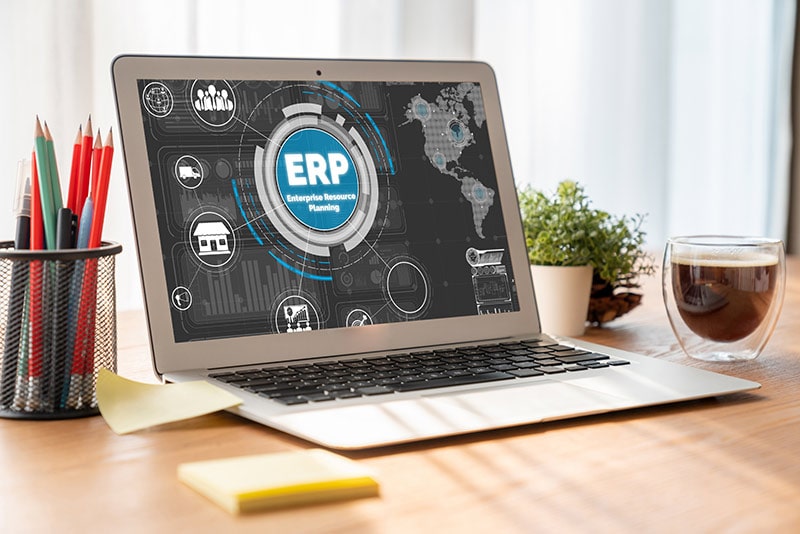
When selecting an ERP (Enterprise Resource Planning) system for your business, it’s essential to consider various factors to ensure you choose the best fit. Here’s a buyer’s guide to help you navigate the ERP selection process:
1. Define Your Requirements: Start by clearly defining your business requirements and objectives. Identify the key functionalities you need from an ERP system, such as financial management, inventory control, production planning, CRM, HR management, etc. Consider your industry-specific needs and growth plans to ensure the ERP system aligns with your long-term goals.
2. Scalability and Flexibility: Evaluate the scalability and flexibility of the ERP system. Will it be able to accommodate your business’s growth and changing needs? Consider factors such as the number of users, transaction volumes, and multi-location support. An ERP system that can scale with your business can save you from costly migrations in the future.
3. Deployment Options: Determine whether you prefer an on-premises ERP system or a cloud-based solution. Cloud-based ERP offers benefits like lower upfront costs, easier scalability, and remote accessibility. On-premises ERP provides more control over data and customization but requires IT infrastructure and maintenance.
4. Integration Capabilities: Assess the ERP system’s integration capabilities with your existing systems such as CRM, HR, e-commerce platforms, and other critical applications. Smooth integration between systems ensures seamless data flow, eliminates data silos, and improves overall efficiency.
5. Vendor Reputation and Support: Research the reputation and track record of ERP vendors. Read reviews, seek recommendations from trusted sources, and evaluate their customer support services. A reliable vendor with a good support system can ensure a smooth implementation process and timely assistance in case of issues or upgrades.
6. User Experience: Consider the ERP system’s user interface and usability. An intuitive and user-friendly interface can help reduce training time, improve user adoption, and enhance productivity. Request demos or trial versions to assess the ERP system’s user experience before making a decision.
7. Data Security and Compliance: Data security is crucial for any ERP system. Ensure that the ERP vendor follows robust security practices, including encryption, access controls, and regular backups. If your business operates in a regulated industry, verify that the ERP system complies with relevant data protection and privacy regulations.
8. Total Cost of Ownership (TCO): Evaluate the total cost of ownership of the ERP system, including upfront licensing fees, implementation costs, ongoing maintenance, upgrades, and support. Consider the ROI (Return on Investment) the system can provide based on its capabilities, efficiency gains, and cost savings over time.
9. References and Case Studies: Request references or case studies from the ERP vendor to validate their claims and learn from the experiences of other businesses in your industry. Contact existing customers to gather insights into the vendor’s implementation process, system performance, and customer satisfaction.
10. Implementation and Training: Assess the vendor’s implementation methodology and the level of training and support they provide. A well-defined implementation plan, along with comprehensive training resources, can ensure a successful ERP rollout and user adoption.
Remember to involve key stakeholders from different departments in the evaluation process to gain a comprehensive understanding of your organization’s needs. Take your time to thoroughly evaluate multiple ERP options, considering their features, benefits, and alignment with your business requirements.
